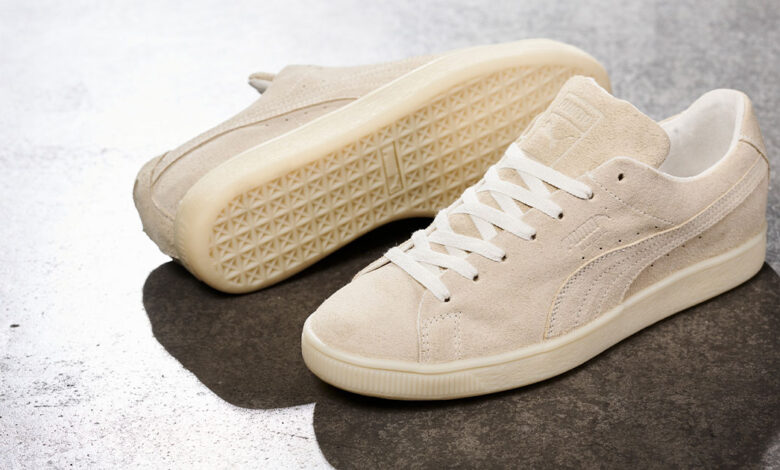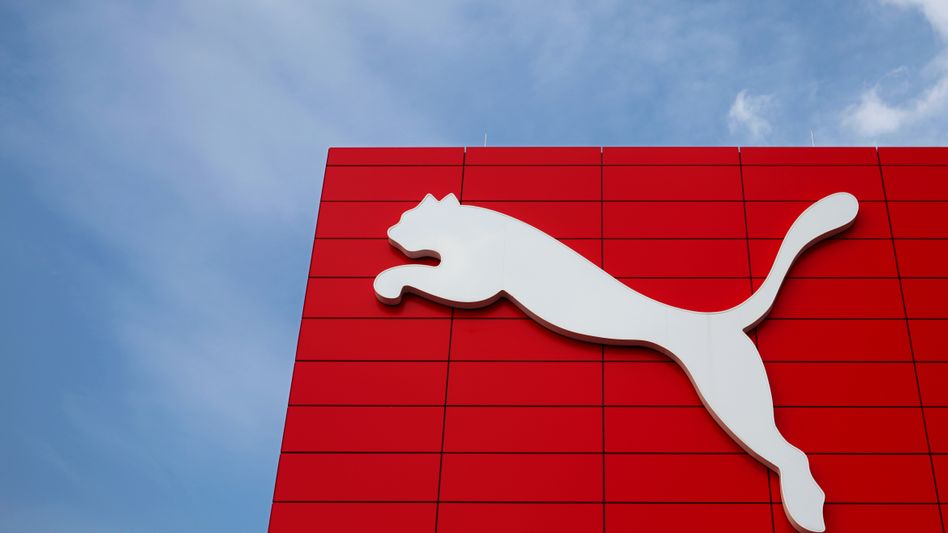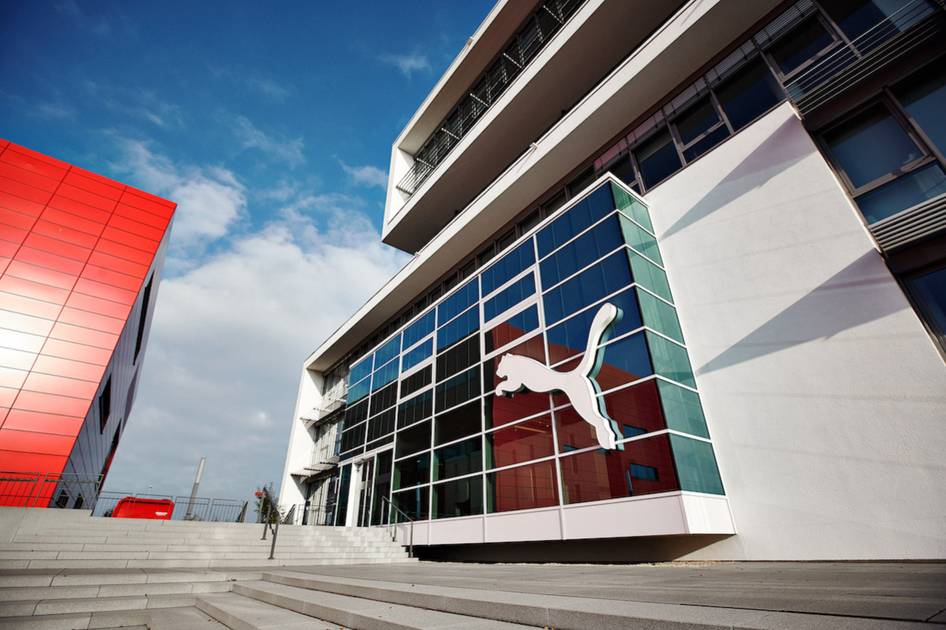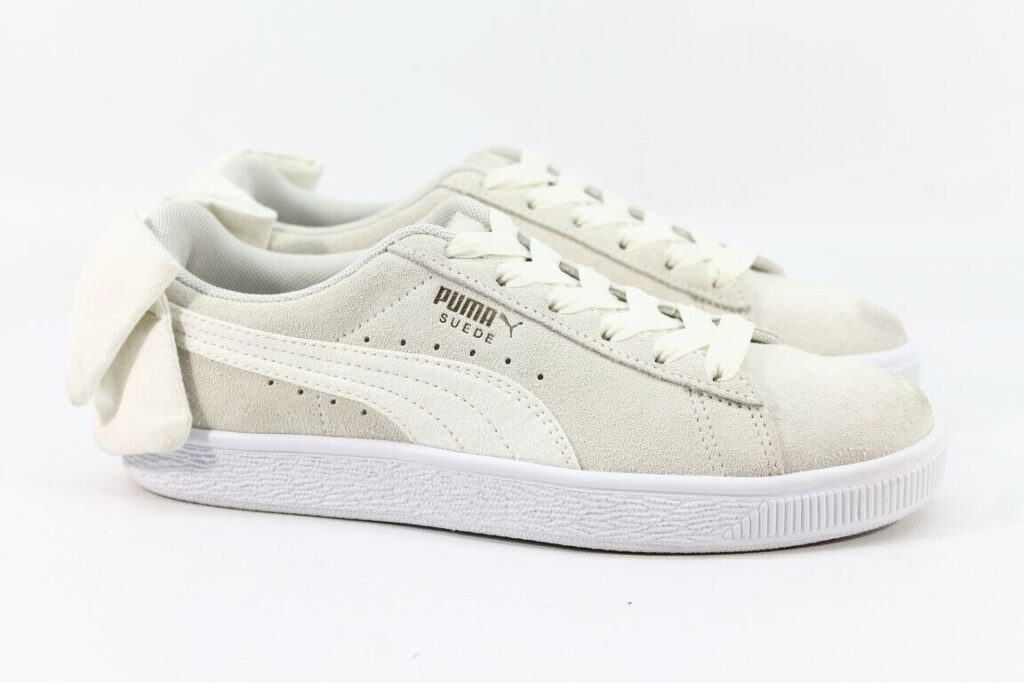Puma’s Product Development Process

Puma is a German multinational company that designs and manufactures sportswear, footwear, and accessories. The company was founded in 1948 by Rudolf Dassler, the brother of Adidas founder Adi Dassler. Puma is known for its high-quality and innovative products that appeal to both athletes and fashion-conscious individuals. Some of Puma’s most popular products include classic suede sneakers, running shoes, and sportswear.
Puma is strongly committed to sustainability and has implemented several initiatives to reduce its environmental impact. For example, they use more sustainable materials such as recycled polyester and organic cotton in their products and aim to source 90% of their cotton sustainably by 2025. Puma is also committed to reducing its greenhouse gas emissions and has set a science-based target to achieve carbon neutrality by 2050.
In addition to its focus on sustainability, Puma is also dedicated to promoting diversity and inclusion in the workplace and society. They have implemented several initiatives to support these values, including their “She Moves Us” platform, which celebrates the achievements of women in sports, and their “Only See Great” campaign, which encourages people to focus on their potential rather than their limitations.
Overall, Puma is a brand known for its high-quality and innovative products, as well as its commitment to sustainability and diversity.

Market Research: Understanding Customer Needs and Trends
Market research is a critical aspect of Puma’s product development process. It involves conducting systematic and comprehensive analysis of the market to identify customer needs and trends. The insights gained from market research help Puma make informed decisions about which products to develop and how to position them in the market.
Puma employs various methods for market research, including online surveys, focus groups, social media listening, and competitor analysis. These methods help the company gain a deeper understanding of customer preferences, opinions, and behaviors. For instance, Puma may use online surveys to collect data on what types of products customers are looking for, their preferred price points, and what they value most in a product.
Additionally, Puma utilizes social media listening to monitor customer conversations and feedback about its products and competitors. By analyzing social media posts, comments, and reviews, the company can identify emerging trends and sentiments towards its products. This information can be used to make improvements to existing products or develop new products that better meet customer needs.
Puma also conducts competitor analysis to understand what other brands are doing in the market. This includes analyzing product offerings, pricing strategies, marketing campaigns, and customer feedback of competitors. This way, Puma can identify market gaps that it can fill with new products or develop features that differentiate its products from those of its competitors.
Overall, Puma’s market research process plays a crucial role in guiding the product development process. It helps the company make informed decisions about which products to develop, how to design them, and how to position them in the market to meet customer needs and expectations.

Idea Generation and Concept Development: Brainstorming and Creating Product Ideas
Idea generation and concept development are critical phases in Puma’s product development process. During this phase, the company’s product development team focuses on generating new ideas that align with the findings from market research and the overall strategic goals of the company. Puma fosters creativity and innovation among its team members and welcomes ideas from all levels of the organization.
During the idea generation and concept development phase, Puma’s product development team collaborates with other departments, such as marketing and sales, to ensure that the generated product ideas align with the company’s branding and positioning. The team also evaluates the feasibility of each idea, considering factors such as manufacturing capabilities, materials, and costs.
To further refine and develop the ideas, Puma’s product development team uses various tools and techniques such as sketches, 3D modeling, and rapid prototyping. These tools allow the team to visualize and test the product ideas, making necessary adjustments before moving on to the next phase.
Once the product concepts are developed and refined, Puma presents them to the company’s leadership team for approval. The leadership team evaluates the product ideas based on various criteria, such as market demand, profitability, and alignment with the company’s strategic goals.
Overall, Puma’s idea generation and concept development phase emphasize collaboration, creativity, and innovation to generate product ideas that align with customer needs and the company’s strategic goals.
Design: Translating Concepts into Detailed Product Designs
After the product concepts are selected and refined, Puma’s design team works on creating detailed product designs. They take into account the intended use of the product, the target consumer audience, and the latest trends in fashion and sports to create designs that are both functional and stylish.
The design process typically involves creating sketches and digital renderings of the product, as well as developing technical drawings that outline the product specifications and construction details. The design team may also create 3D prototypes or use computer-aided design (CAD) software to visualize the product in more detail.
Puma places a strong emphasis on sustainability in its design process and uses environmentally friendly materials and production methods whenever possible. The company also collaborates with external designers and artists to bring fresh perspectives to its product lines.

Puma is a German multinational company that designs and manufactures sportswear, footwear, and accessories. The company was founded in 1948 by Rudolf Dassler, the brother of Adidas founder Adi Dassler. Puma is known for its high-quality and innovative products that appeal to both athletes and fashion-conscious individuals. Some of Puma’s most popular products include classic suede sneakers, running shoes, and sportswear.
Puma is strongly committed to sustainability and has implemented several initiatives to reduce its environmental impact. For example, they use more sustainable materials such as recycled polyester and organic cotton in their products and aim to source 90% of their cotton sustainably by 2025. Puma is also committed to reducing its greenhouse gas emissions and has set a science-based target to achieve carbon neutrality by 2050.
In addition to its focus on sustainability, Puma is also dedicated to promoting diversity and inclusion in the workplace and society. They have implemented several initiatives to support these values, including their “She Moves Us” platform, which celebrates the achievements of women in sports, and their “Only See Great” campaign, which encourages people to focus on their potential rather than their limitations.
Overall, Puma is a brand known for its high-quality and innovative products, as well as its commitment to sustainability and diversity.

Market Research: Understanding Customer Needs and Trends
Market research is a critical aspect of Puma’s product development process. It involves conducting systematic and comprehensive analysis of the market to identify customer needs and trends. The insights gained from market research help Puma make informed decisions about which products to develop and how to position them in the market.
Puma employs various methods for market research, including online surveys, focus groups, social media listening, and competitor analysis. These methods help the company gain a deeper understanding of customer preferences, opinions, and behaviors. For instance, Puma may use online surveys to collect data on what types of products customers are looking for, their preferred price points, and what they value most in a product.
Additionally, Puma utilizes social media listening to monitor customer conversations and feedback about its products and competitors. By analyzing social media posts, comments, and reviews, the company can identify emerging trends and sentiments towards its products. This information can be used to make improvements to existing products or develop new products that better meet customer needs.
Puma also conducts competitor analysis to understand what other brands are doing in the market. This includes analyzing product offerings, pricing strategies, marketing campaigns, and customer feedback of competitors. This way, Puma can identify market gaps that it can fill with new products or develop features that differentiate its products from those of its competitors.
Overall, Puma’s market research process plays a crucial role in guiding the product development process. It helps the company make informed decisions about which products to develop, how to design them, and how to position them in the market to meet customer needs and expectations.
Idea Generation and Concept Development: Brainstorming and Creating Product Ideas
Idea generation and concept development are critical phases in Puma’s product development process. During this phase, the company’s product development team focuses on generating new ideas that align with the findings from market research and the overall strategic goals of the company. Puma fosters creativity and innovation among its team members and welcomes ideas from all levels of the organization.
During the idea generation and concept development phase, Puma’s product development team collaborates with other departments, such as marketing and sales, to ensure that the generated product ideas align with the company’s branding and positioning. The team also evaluates the feasibility of each idea, considering factors such as manufacturing capabilities, materials, and costs.
To further refine and develop the ideas, Puma’s product development team uses various tools and techniques such as sketches, 3D modeling, and rapid prototyping. These tools allow the team to visualize and test the product ideas, making necessary adjustments before moving on to the next phase.
Once the product concepts are developed and refined, Puma presents them to the company’s leadership team for approval. The leadership team evaluates the product ideas based on various criteria, such as market demand, profitability, and alignment with the company’s strategic goals.
Overall, Puma’s idea generation and concept development phase emphasize collaboration, creativity, and innovation to generate product ideas that align with customer needs and the company’s strategic goals.
Design: Translating Concepts into Detailed Product Designs
After the product concepts are selected and refined, Puma’s design team works on creating detailed product designs. They take into account the intended use of the product, the target consumer audience, and the latest trends in fashion and sports to create designs that are both functional and stylish.
The design process typically involves creating sketches and digital renderings of the product, as well as developing technical drawings that outline the product specifications and construction details. The design team may also create 3D prototypes or use computer-aided design (CAD) software to visualize the product in more detail.
Puma places a strong emphasis on sustainability in its design process and uses environmentally friendly materials and production methods whenever possible. The company also collaborates with external designers and artists to bring fresh perspectives to its product lines.
Prototypes and Testing: Creating Product Prototypes and Testing for Quality and Performance
Once the product design is completed, Puma creates product prototypes. Prototypes are models of the final product used to test and refine the design. Puma creates physical prototypes of the product to get a better sense of how it will look and feel.
Once the prototype is created, Puma conducts a series of tests to ensure that the product meets the required quality and performance standards. These tests include durability tests, safety tests, and performance tests. The product is also tested in various environmental conditions to ensure that it performs well in different environments.
Puma also tests the product with focus groups and athletes to gather feedback on the design, fit, and performance of the product. The feedback is used to refine the design and improve the product before it is brought to the market.
Through the prototyping and testing phase, Puma ensures that the product is of the highest quality and performance, meeting the needs of its customers.
Conclusion
In conclusion, Puma’s product development process encompasses various stages, from market research, idea generation, design, prototyping, and product testing. By understanding customer needs and market trends, Puma generates ideas for new products, which are then translated into detailed designs. Prototypes are created and tested for quality and performance before the final products are brought to the market. Puma’s commitment to a thorough and rigorous product development process has enabled them to consistently develop innovative and high-quality products that meet the needs of their customers.




